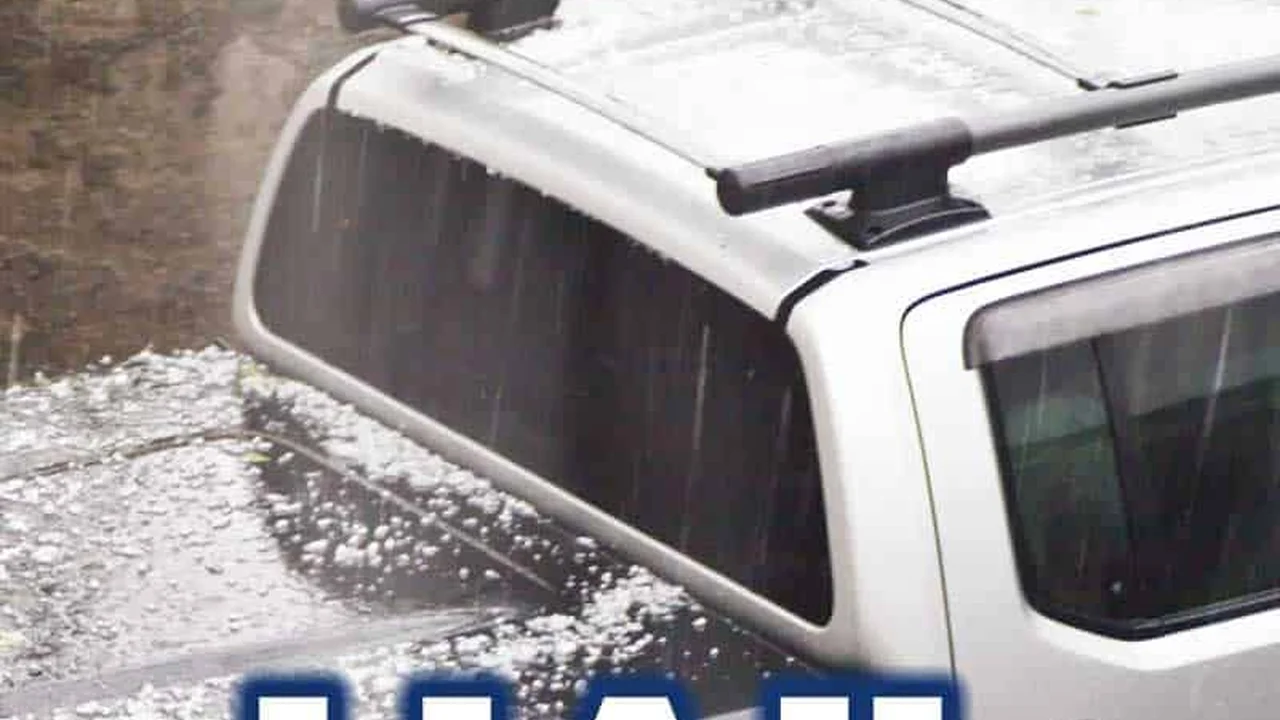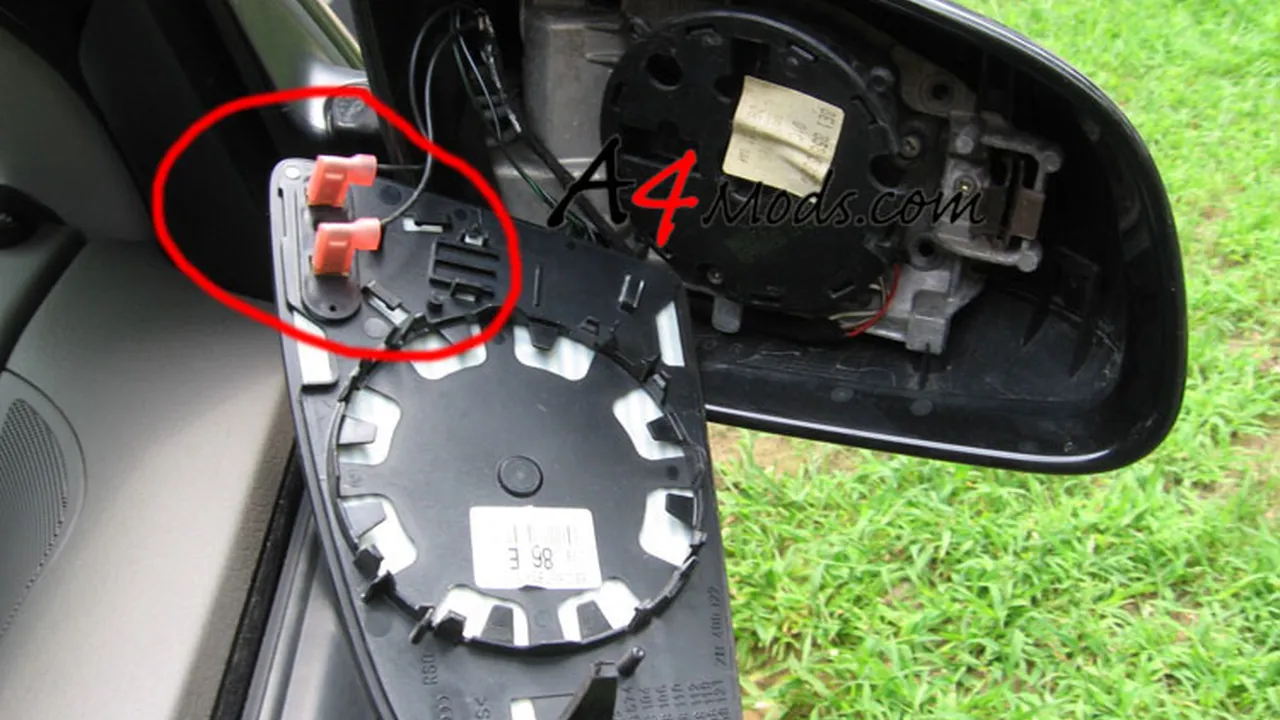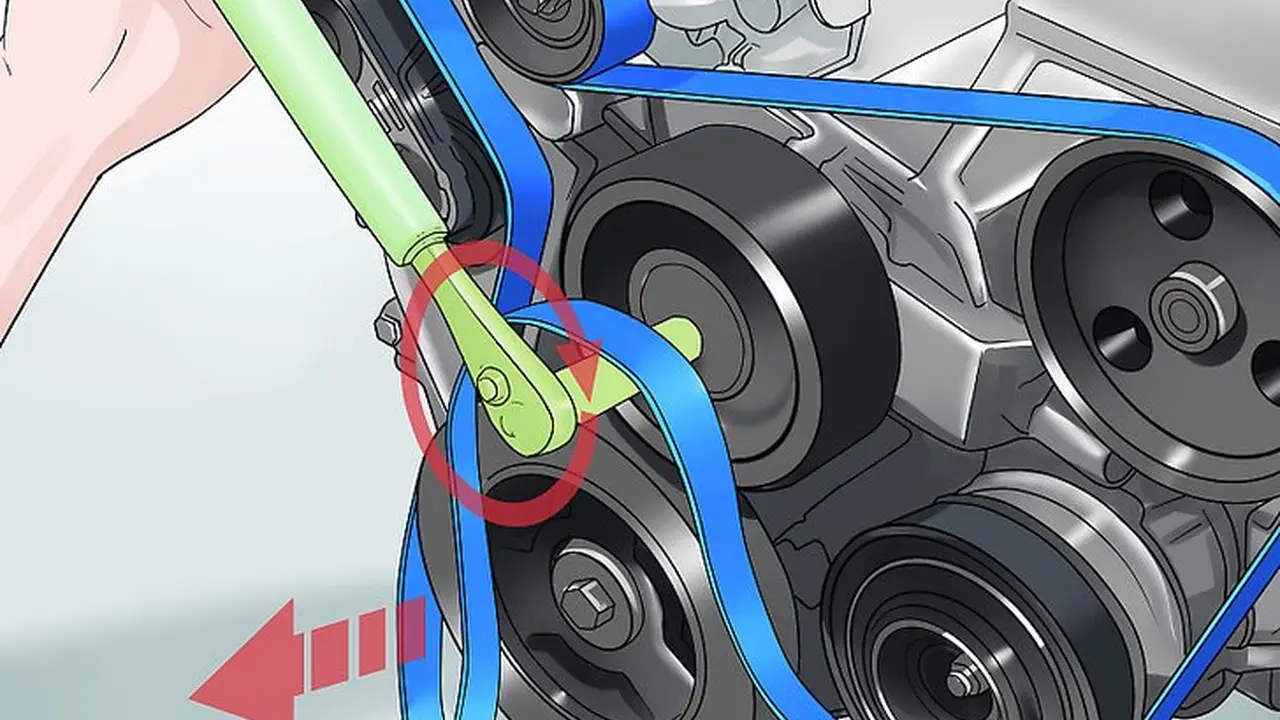How to Protect Your Car from Hail Damage: Prevention Tips

Understanding Hail and Its Impact on Your Vehicle
Alright, let's talk hail. It's basically frozen rain, but don't let that fool you. Those little ice balls can cause some serious damage to your car. We're talking dents, chipped paint, cracked windshields – the works! The size of the hail, the density, and the wind speed all contribute to the level of destruction. Even small hail can leave a mark, and larger hailstones? Well, they can turn your pride and joy into something resembling a golf ball. Knowing the risks is the first step in protecting your vehicle.
Hail-Prone Areas and Seasonal Risks Car Hail Damage Prevention
Some areas are simply more prone to hail than others. Think of the Great Plains in the US (aka "Hail Alley"), but hail storms can happen practically anywhere. And it's not just a spring or summer thing either. While those seasons are peak hail season, depending on where you live, fall and even winter storms can produce hail. Keep an eye on the weather forecast, especially during those high-risk periods. Knowing when a storm is coming gives you time to prepare.
Immediate Actions During a Hailstorm Car Damage Protection
Okay, hail's coming down. What do you do right now? First and foremost, get your car under cover if possible. A garage is ideal, but even a carport is better than nothing. If you're on the road, pull over safely to the side of the road, away from trees and power lines. Try to find a covered parking area if one is available. Don't risk driving in heavy hail. Your visibility will be terrible, and you'll be making the damage worse. Stay inside your car until the storm passes.
Long-Term Prevention Strategies for Car Hail Damage
Prevention is key! Here are some things you can do to minimize the risk of hail damage in the long run:
Carport Installation for Hail Protection
If you don't have a garage, consider installing a carport. It's a relatively inexpensive way to provide overhead protection from the elements, including hail. Look for carports made from durable materials like steel or aluminum. Make sure it's properly anchored to the ground to withstand strong winds. A good carport is a solid investment in protecting your car.
Hail-Resistant Car Covers: A Detailed Look
Car covers are another great option. But not all car covers are created equal! You need a hail-resistant cover, which typically has multiple layers of padding and a durable outer shell. Look for covers specifically designed to withstand hail. Make sure it fits your car snugly to prevent it from flapping in the wind and potentially causing scratches. We'll talk about specific product recommendations later.
Choosing the Right Parking Spot to Avoid Hail Damage
Be mindful of where you park. Avoid parking under trees, especially during storms. Falling branches can cause even more damage than hail. Look for covered parking areas whenever possible. Even parking near a building can offer some protection from wind-driven hail.
Hail Insurance: Understanding Your Coverage for Car Damage
Make sure you have comprehensive car insurance. This typically covers hail damage. Understand your deductible and what the insurance company will cover. Document any damage with photos and videos after a hailstorm. Contact your insurance company as soon as possible to file a claim.
Product Recommendations: Hail-Resistant Car Covers and More
Let's dive into some specific product recommendations. These are based on user reviews, durability, and overall value. Remember to always check the latest prices and availability.
Review of the Hail Protector Car Cover System: Price and Features
The Hail Protector is a popular inflatable car cover system. It's basically an airbag for your car! It uses an electric pump to inflate the cover, creating a protective barrier against hail. It's quite effective, but it can be a bit bulky to store and set up. It's also one of the more expensive options. Price: Around $400 - $600.
The Budge Hail Proof Car Cover: A Budget-Friendly Option
If you're looking for a more affordable option, the Budge Hail Proof Car Cover is a good choice. It's made from a multi-layered, water-resistant material that provides decent protection against hail. It's not as robust as the Hail Protector, but it's a good value for the price. Price: Around $150 - $250.
Comparison: Hail Protector vs. Budge Hail Proof Car Cover for Hail Protection
The Hail Protector offers superior protection due to its inflatable design. It creates a cushion of air that absorbs the impact of hail. However, it's more expensive and requires electricity to inflate. The Budge Hail Proof Car Cover is more affordable and easier to store, but it doesn't offer the same level of protection. It's a good option for areas with less severe hail storms. Consider your budget and the severity of hail in your area when making your decision.
DIY Hail Protection: Blankets and Tarps – Effectiveness and Risks
In a pinch, you can use blankets and tarps to protect your car. It's better than nothing, but it's not a long-term solution. Use thick blankets or moving pads for the best protection. Secure them tightly with ropes or bungee cords. Be careful not to scratch your car's paint. This method is labor-intensive and not as effective as a dedicated hail-resistant car cover. Plus, it's only really useful if you know a storm is coming and have the time to prepare.
Portable Car Garages: A Semi-Permanent Solution for Hail
Portable car garages offer a more permanent solution than car covers, but are less of a hassle than building a full garage. These structures are typically made of a metal frame covered with a durable, weather-resistant fabric. They provide excellent protection from hail, sun, and rain. Look for models that are easy to assemble and disassemble. Price: $200 - $800, depending on size and quality.
Installation and Usage Tips for Car Covers
Getting the most out of your car cover requires proper installation and maintenance.
Step-by-Step Guide to Installing a Car Cover Properly
- Clean your car: Remove any dirt or debris that could scratch the paint.
- Unfold the cover: Carefully unfold the cover, making sure the correct side is facing up.
- Position the cover: Place the cover over the car, starting with the front bumper.
- Secure the cover: Fasten any straps or clips to secure the cover in place.
- Adjust the cover: Make sure the cover fits snugly and covers the entire car.
Maintenance and Storage of Hail-Resistant Car Covers
Keep your car cover clean and dry. Wash it periodically with mild soap and water. Allow it to dry completely before storing it. Store it in a cool, dry place away from direct sunlight. A storage bag will help protect it from dust and damage.
Alternative Hail Protection Methods for Cars
Let's look at some other, less common, but still viable, hail protection methods.
Paintless Dent Repair (PDR): What It Is and When to Use It
Paintless Dent Repair (PDR) is a technique used to remove dents from a car's body without damaging the paint. It's a good option for minor hail damage. A technician uses specialized tools to massage the dents out from the inside of the panel. PDR is less expensive than traditional bodywork and preserves the original paint finish. However, it's not suitable for severe damage or dents in hard-to-reach areas. Cost: $50 - $150 per dent, depending on size and location.
Car Alarms with Hail Detection: A High-Tech Solution
Some car alarms now come with hail detection features. These systems use sensors to detect the impact of hail and trigger the alarm. While they won't prevent hail damage, they can alert you to a hailstorm so you can take action. They may also deter vandals from taking advantage of hail-damaged vehicles. Price: $200 - $500 for alarm systems with hail detection.
Protecting Your Car From Hail Damage: A Final Thought
Protecting your car from hail damage requires a combination of proactive measures, preparation, and the right tools. By understanding the risks, taking preventative steps, and being prepared for hailstorms, you can minimize the damage and keep your car looking its best. Good luck, and stay safe!
:max_bytes(150000):strip_icc()/277019-baked-pork-chops-with-cream-of-mushroom-soup-DDMFS-beauty-4x3-BG-7505-5762b731cf30447d9cbbbbbf387beafa.jpg)






